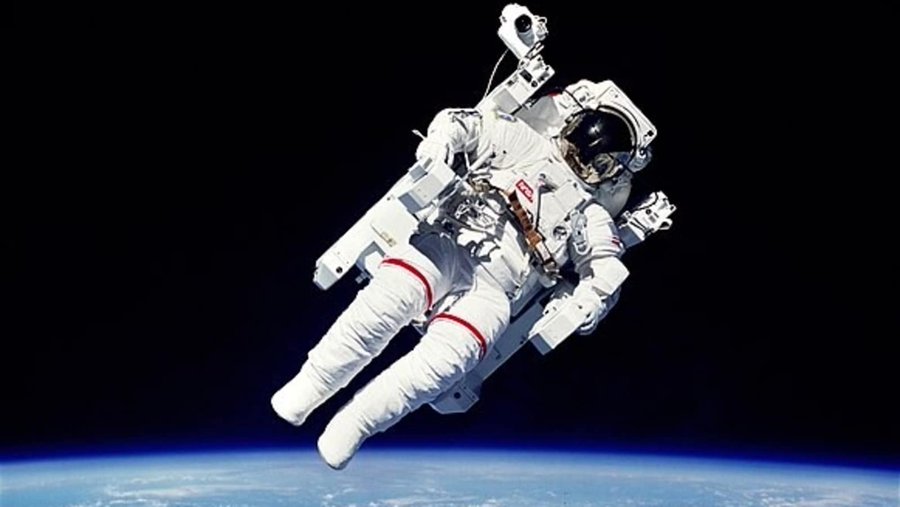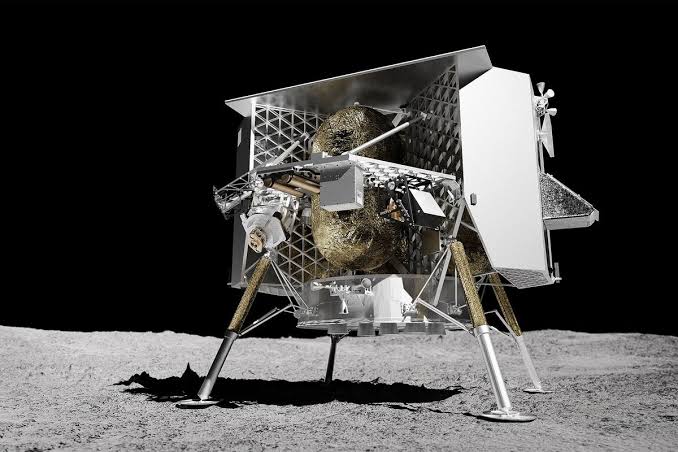ISS Astronauts to Witness 16 New Year Countdowns in 24-Hour Cycle: Historic New Year Celebration

As the world eagerly awaits the transition from 2023 to 2024, astronauts aboard the International Space Station (ISS) are poised for a truly unique New Year celebration—observing a total of 16 New Year countdowns. This no-go wits is made possible by the ISS’s rapid velocity and its uninterrupted orbit virtually Earth, permitting astronauts to encounter virtually 16 occurrences of both sunrise and sunset in a single 24-hour cycle.
The ISS, with its incredible speed of approximately 28,000 kilometers per hour, completes a full orbit virtually Earth every 90 minutes. This swift trajectory provides astronauts with the unparalleled opportunity to welcome the New Year multiple times as they traverse various time zones during their journey in the cosmos.
“In 24 hours, the space station makes 16 orbits of Earth, traveling through 16 sunrises and sunsets,” states NASA, highlighting the remarkable nature of this orbital phenomenon.
The repeated shifts between day and night on the ISS offer astronauts a unique environment for scientific exploration. Unlike the familiar 12-hour light and 12-hour darkness pattern on Earth, astronauts on the ISS contend with 45 minutes of daylight followed by 45 minutes of darkness. This repetitive trundling unfolds 16 times a day, resulting in a total of 16 sunrises and sunsets during their orbit.
This distinctive condition provides a captivating scenery for astronauts to self-mastery experiments wideness diverse fields, including microbiology and metallurgy. The microgravity environment aboard the ISS allows for insights that are unattainable under Earth’s conditions. Furthermore, the unique conditions aboard the ISS contribute to expanding humanity’s comprehension of the universe.
Despite waxy to Greenwich Mean Time (GMT) for a resulting schedule, the continual oscillation between 45 minutes of daylight and 45 minutes of darkness poses challenges for maintaining quotidian rhythms among the ISS crew. The astronauts, however, embrace these challenges as part of their no-go mission, which includes scenic views of Earth’s horizons and the unparalleled wits of triumphal New Year’s Eve a total of 16 times.
As the ISS becomes a floating observatory of New Year transitions, the astronauts are set to make history with a perspective on time and triumph that transcends Earthly boundaries. The high-speed journey through multiple time zones during their orbits offers not only a unique way to welcome the New Year but moreover a platform for up-and-coming scientific knowledge in the vastness of space.
The continuous trundling of day and night on the ISS, combined with the microgravity environment, provides an unrenowned setting for experiments that contribute to our understanding of various scientific disciplines. From microbiology to metallurgy, these experiments harness the conditions of space to unlock insights that have the potential to shape the future of scientific research.
As the New Year approaches, the ISS astronauts prepare to ring in 2024 in a way that symbolizes the spirit of exploration and discovery. The repeated sunrises and sunsets they encounter in a single Earth day wilt not only a testament to human ingenuity but moreover a triumph of the marvel that drives us to explore the cosmos.
#Astronauts will experience the #NewYear 16 times while in space. Here's howhttps://t.co/IobQbPOsuc
— Hindustan Times (@htTweets) December 31, 2023



